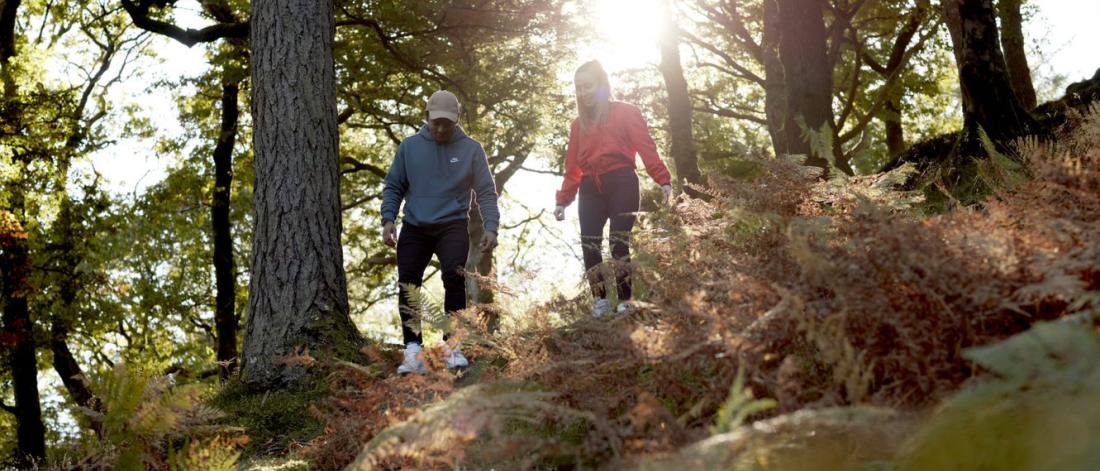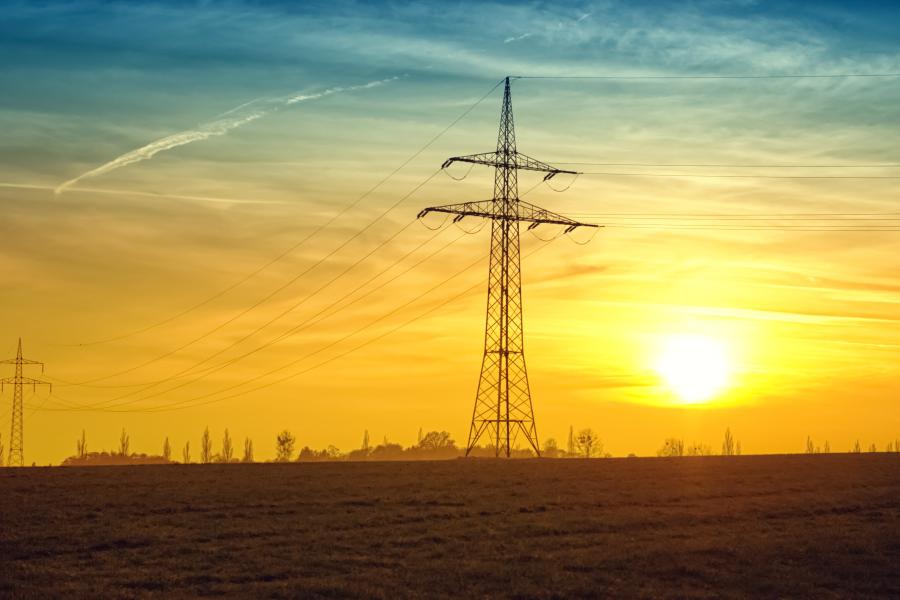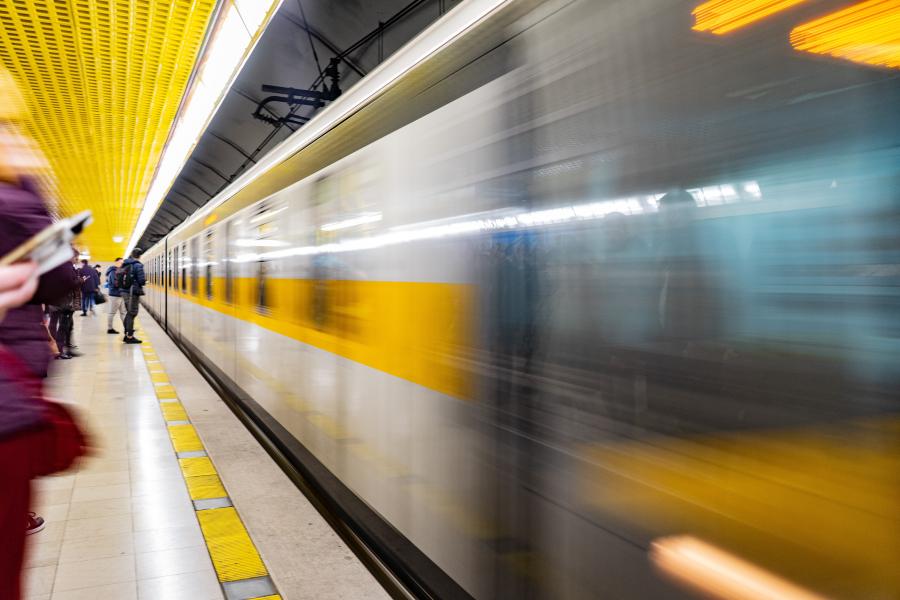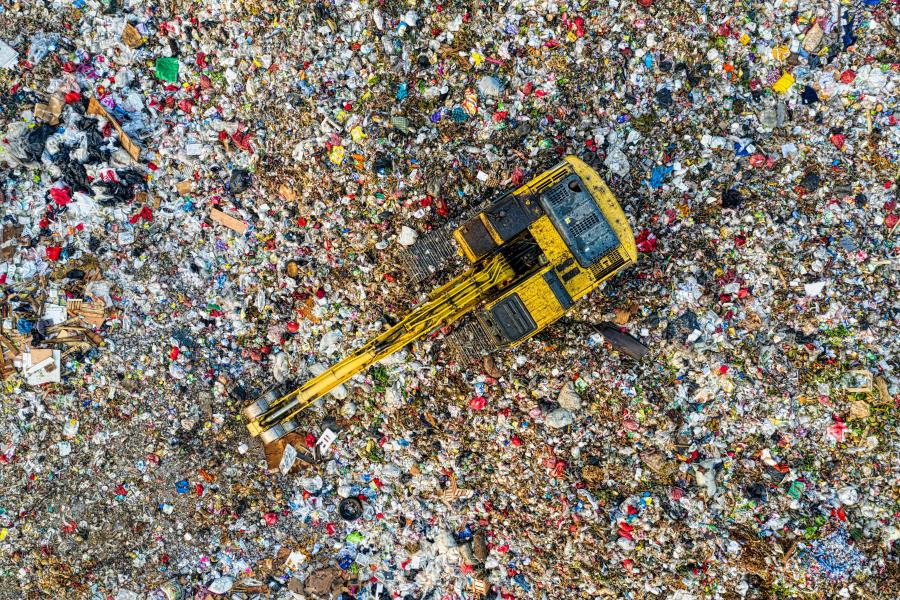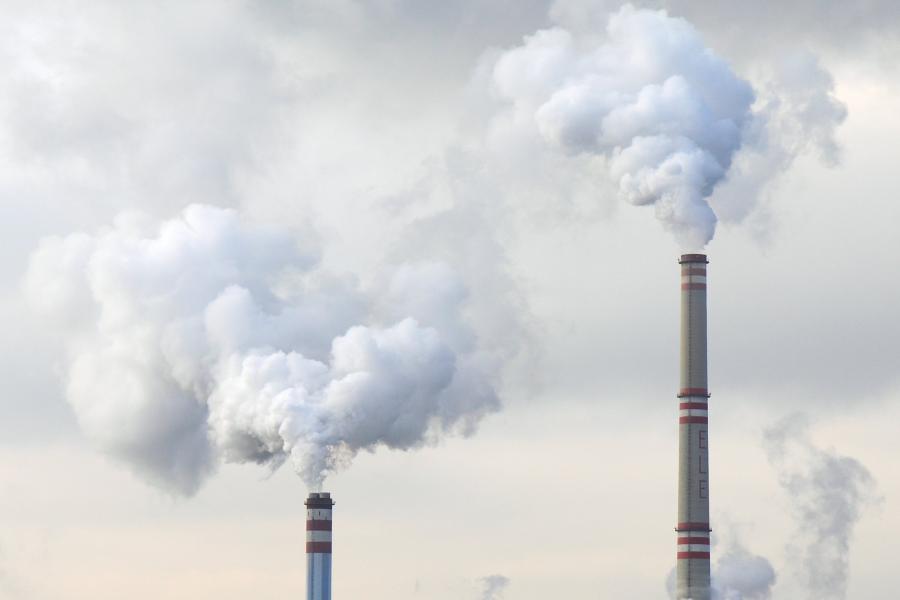
The University aims to cut 25% of its production of carbon dioxide equivalent (CO2e) emissions within just three years.
To reach '25 by 25', the University will need to look at how it uses all types of power and fuel, the waste we throw away, the water we use and just about anything and everything that creates a greenhouse gas emission.
This is an ambitious target but we believe we can make it. We’ll need to look at different ways of working and we’ll need the support of every single member of the University community to achieve it.
Our 3 key target areas...
"Don't waste plastic, don't waste food, don't waste power."


